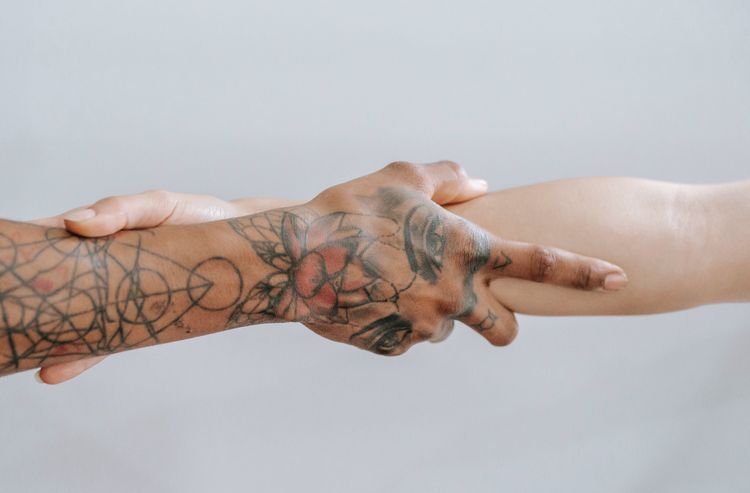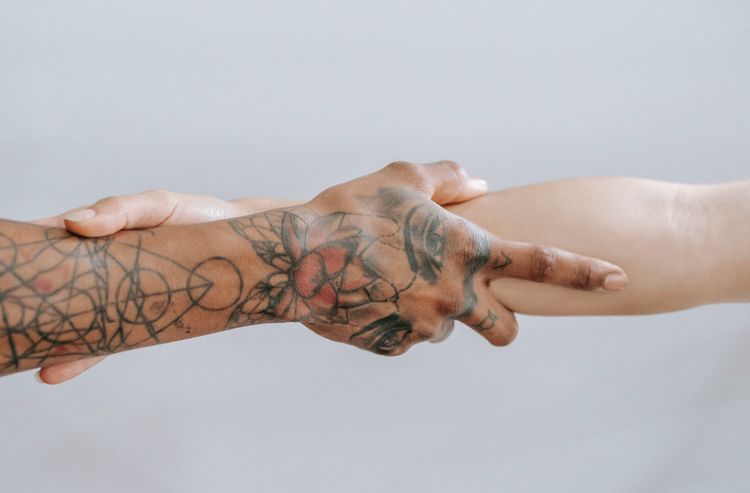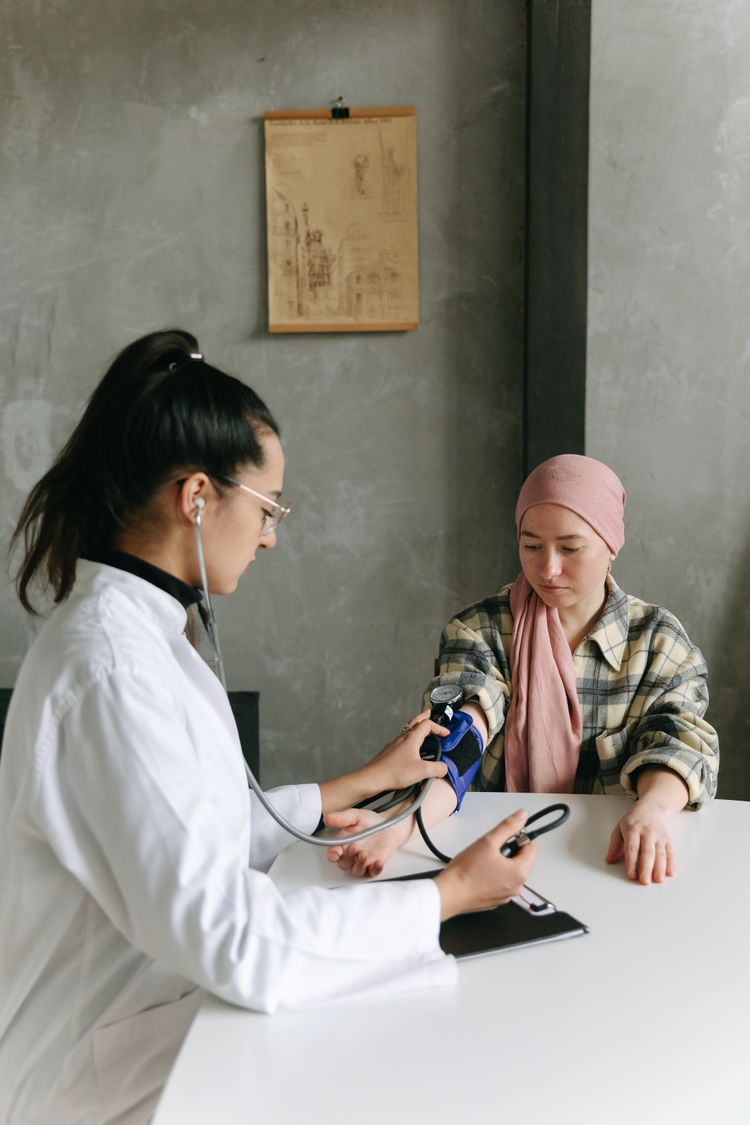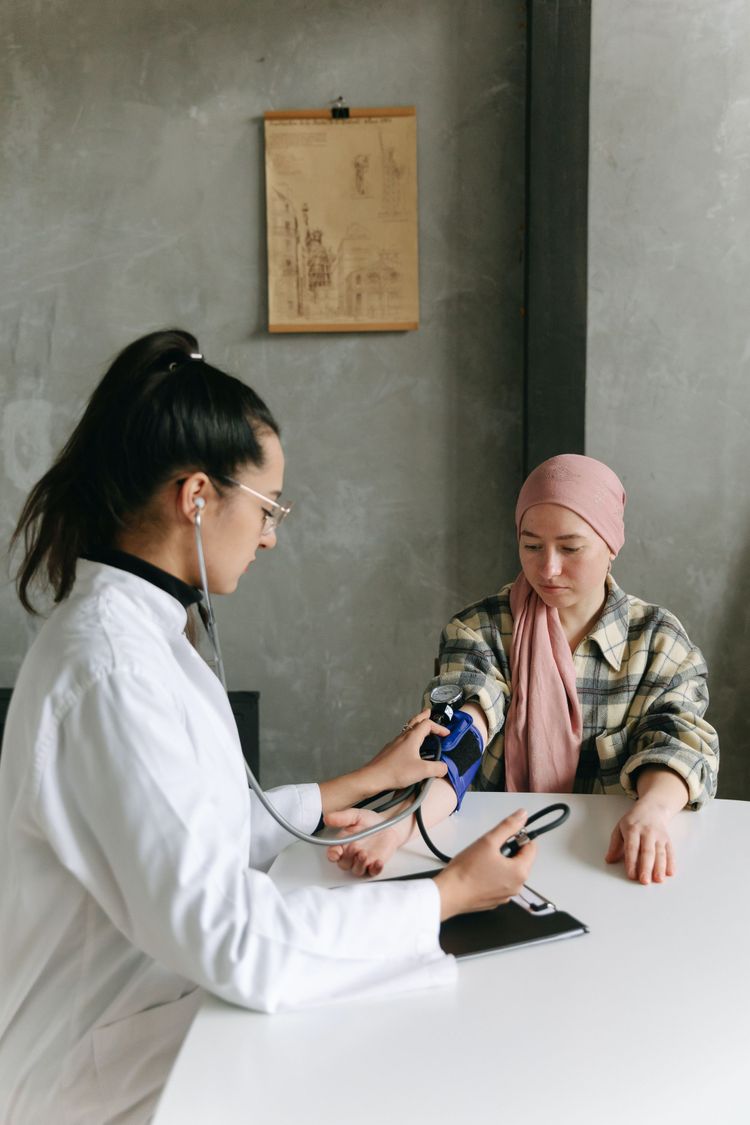🦀 Issue 127 - Lateral Epicondylalgia? Hmm…

This week, let’s talk about how little we know about treating lateral epicondylalgia. And also about why we don’t call it epicondylitis anymore. Both of which I learned in my research this week.
So why don’t we call it epicondylitis? Well, we actually still do largely but that’s just not the official title anymore. It’s changed to lateral epicondylalgia even though that’s much harder to say because it’s a slightly different condition than we thought it was. -itis is traditionally applied to things that have inflammation as their source. Research has shown that epicondylalgia is sometimes caused by inflammation but is also often more complex in cause and responds to interventions that better match tendinopathies or chronic pain. Hence we’re going -algia not -itis. As to what to do about it, read on MacDuff.
Let’s dive in!
Does PT Even Work
The Gist - This systematic review from the journal Physical Therapy Reviews wanted to know if PT is even useful for lateral epicondylalgia. It’s a condition with a prevalence of 1-3% and most commonly diagnosed between the ages of 42 and 56. Unknown to many is that the typical duration is 6 months to 2 years and symptoms can last several years.
They found 22 RCTs to dig deeper into the topic and here are the highlights in a few categories.
Pain-free grip strength:
- Spinal manipulative PT was better than placebo or no intervention control with immediate testing
- No difference between bracing and not bracing with immediate testing
- No difference between eccentric strength, concentric strength, and stretching at 6 weeks though all improved
- No difference between scapular strengthening plus PT and regular PT at 6 months
- No difference between dynamic extension orthosis and no orthosis at 12 months.
Patient-rated tennis elbow questionnaire:
- No significant difference between eccentric strengthening exercise, concentric strengthening exercise, and stretching at 3 months though all improved
- No difference between ultrasound and placebo at 3 months
- Significant improvement with medial to lateral taping plus exercise versus just exercise
- Significant improvement in PT plus dynamic extension orthosis and no orthosis at 6 weeks and 6 months
Tell Me More - So, does PT work? I mean, sort of according to these studies. There are more specifics and outcome measures assessed in the other two papers though, don’t worry. This review is a bit limited as it only assessed those two categories. Still, it has important info. There’s the above, and there’s the fact that pretty much all research has shown that lateral epicondylitis treated by PT does better than when it’s no treated at all. Also also, there are more better details down below and also also also there’s preliminary evidence referred to in this paper that myofascial release may be quite helpful but it’s too early to know.
Paper? Right here folks.
But What About Tape?
If you want to read a fantastic review about how KT tape and rigid taping help in LE, you should be a PT Crab supporter because that’s what they received this week. They also got a great summary paper and paragraphs that wrapped it all up into an evidence-based treatment plan to use in clinic. Become a supporter for less than $1 per issue here.
An Easy Way to Support PT Crab.
Just Click here.And you’ll also check out a great new site covering college sports.
Look, even if you don’t like college sports, PT Crab is supported every time someone subscribes to this newsletter. So subscribe, check out the Gist’s brand new newsletter, and support PT Crab in the easiest way possible.

And here’s what The Gist says about themselves.
If you're a college student or a college sports fan...
You're gonna want this in your inbox. Subscribe to The GIST's brand new college sports newsletter to get 'the gist' of what's up in the NCAA and your fave conference in less than 5 minutes.
From the Archive: What you think about LBP changes how you treat it.
The Gist - I mean, duh, obviously. But when we drill into the specifics, this piece gets more interesting. Before we go too deep, it’s important to note that this research was done in Switzerland amongst PTs that were educated to either a bachelor’s or master’s degree level, not doctorally. The researchers tried to assess the beliefs of PTs and use them to predict what treatments they would give. The beliefs assessed were related to the back’s vulnerability, its need for protection, the correlation between pain and injury, and the “special nature” of back pain. They then presented the PTs with fake, standardized patient profiles and asked for their treatment recommendations.
After 288 questionnaires were filled out, the researchers assessed the data. PTs with what the researchers call “unhelpful beliefs” (that is, beliefs that the back is special, vulnerable, and needs protection) gave treatment recommendations out of step with clinical practice guidelines. Contemporary understanding indicates that the back is strong and that LBP is best managed with progressive use and loading, but PTs who found it vulnerable gave poor advice.
Tell Me More - I know the results of this aren’t surprising, and they’re not based on PTs with similar education to today’s American PTs, but they are eye-opening when combined with other research. Previous workhas demonstrated that beliefs about the vulnerability of the back lead to over-treatment and bad outcomes. The researchers in this piece are emphasizing that physical therapy needs to address physical therapists’ own misconceptions before trying harder to implement evidence-based care.
Implementing guidelines may be very challenging when the recommendations do not make sense within physiotherapists’ own belief system. Unhelpful beliefs about protection and vulnerability of the back should thus be targeted as a priority. This may necessitate an important shift in some historical aspects of physiotherapy, which has its roots in biomechanics and ergonomics.
Paper? Gotcha.
And that’s all I have, have a nice weekend! Always feel free to get in touch at Luke@ptcrab.org. Bye!
Here’s this week’s bibliography:
- Girgis, B., & Duarte, J. A. (2020). Efficacy of physical therapy interventions for chronic lateral elbow tendinopathy: A systematic review. Physical Therapy Reviews, 25(1), 42–59. https://doi.org/10.1080/10833196.2019.1695355
- Christe, G., Nzamba, J., Desarzens, L., Leuba, A., Darlow, B., & Pichonnaz, C. (2021). Physiotherapists’ attitudes and beliefs about low back pain influence their clinical decisions and advice. Musculoskeletal Science and Practice, 53, 102382. https://doi.org/10.1016/j.msksp.2021.102382






Comments
Want to leave a comment and discuss this with your fellow PTs? Join PT Crab and get summarized PT research in your inbox, every week.